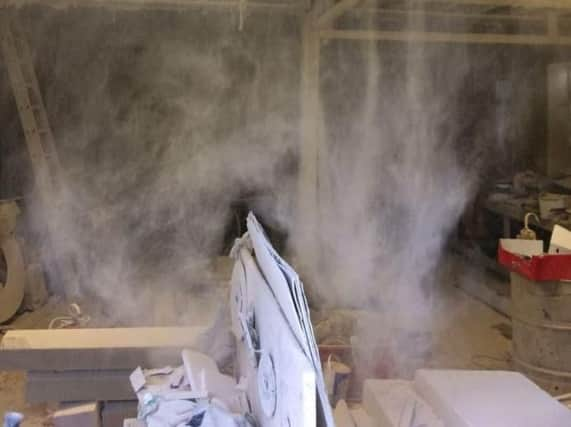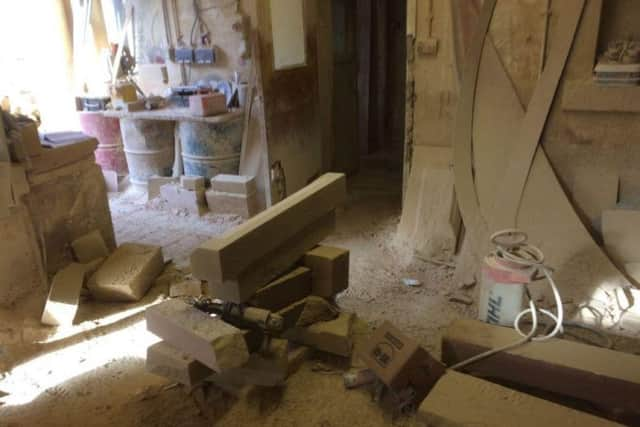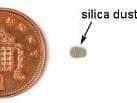Lancashire firm ordered to pay £18,000 after worker develops incurable lung disease


GO Stonemasonry Limited, based off Manchester Road in Accrington, must pay an £8,000 fine and £10,000 in costs after breaching health and safety laws.
The firm was found guilty at Burnley Magistrates' Court following an investigation by the government's health and safety watchdog.
Advertisement
Hide AdAdvertisement
Hide AdThe Health and Safety Executive (HSE) launched an investigation into the Lancashire firm after an employee developed silicosis - a life-threatening and incurable disease which can lead to lung cancer and other serious respiratory diseases.


Government health inspectors found that the man had developed the lung disease - which is the biggest risk to construction workers after asbestos - after the employees had been cutting and working with stone for several years without any suitable dust extraction.
The HSE investigation also revealed that the company had failed to ensure that respiratory protective equipment had been adequately controlling workers' inhalation exposure to respiratory silica dust.
The damning report found multiple breaches of health and safety laws, with the company failing to maintain "appropriate work processes, systems or control measures in place".
Advertisement
Hide AdAdvertisement
Hide AdBurnley Magistrates' Court also heard that the firm had no health surveillance to identify any early signs of effects on workers’ health.


GO Stonemasonry Limited pleaded guilty to breaching section 2(1) of the Health and Safety at Work Act 1974.
Burnley Magistrates' Court handed the company an £8,000 fine and ordered it to pay legal costs of £10,000.
Speaking after the hearing, HSE inspector Sharon Butler said: "Silica is found in most rocks, sand and clay and in products such as bricks and concrete.
Advertisement
Hide AdAdvertisement
Hide Ad"In the workplace these materials create dust when they are cut, sanded or carved. Some of this dust may be fine enough to breathe deeply into your lungs and is known as respirable crystalline silica.
"Exposure to this dust can cause silicosis, leading to impaired lung function, breathing problems and is life threatening.
"Simple steps to stop workers breathing in the dust must be taken and companies should know HSE will not hesitate to take action against those failing to protect their workers’ health."
GO Stonemasonry Limited have been approached for comment.
What is silica dust?
- Silica is the biggest risk to construction workers after asbestos.
Advertisement
Hide AdAdvertisement
Hide Ad- Heavy and prolonged exposure to the dust can cause lung cancer and other serious respiratory diseases.
- The dust is believed to be responsible for the death of over 500 construction workers in 2005.
- The amounts needed to cause this damage are not large.The most people should be inhaling during a day after using the right controls is shown next to the penny (pictured).